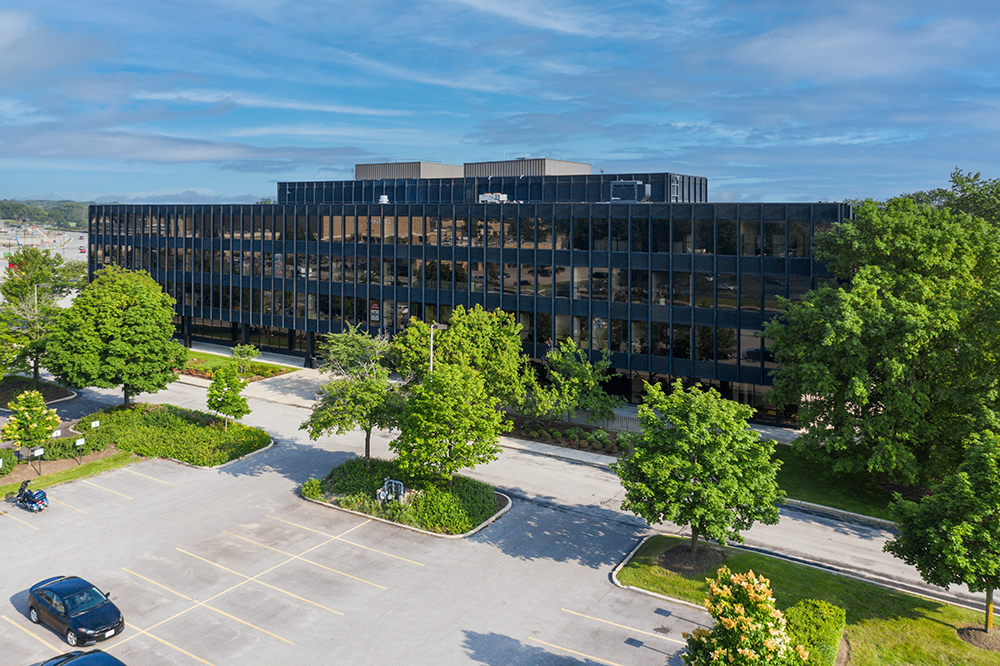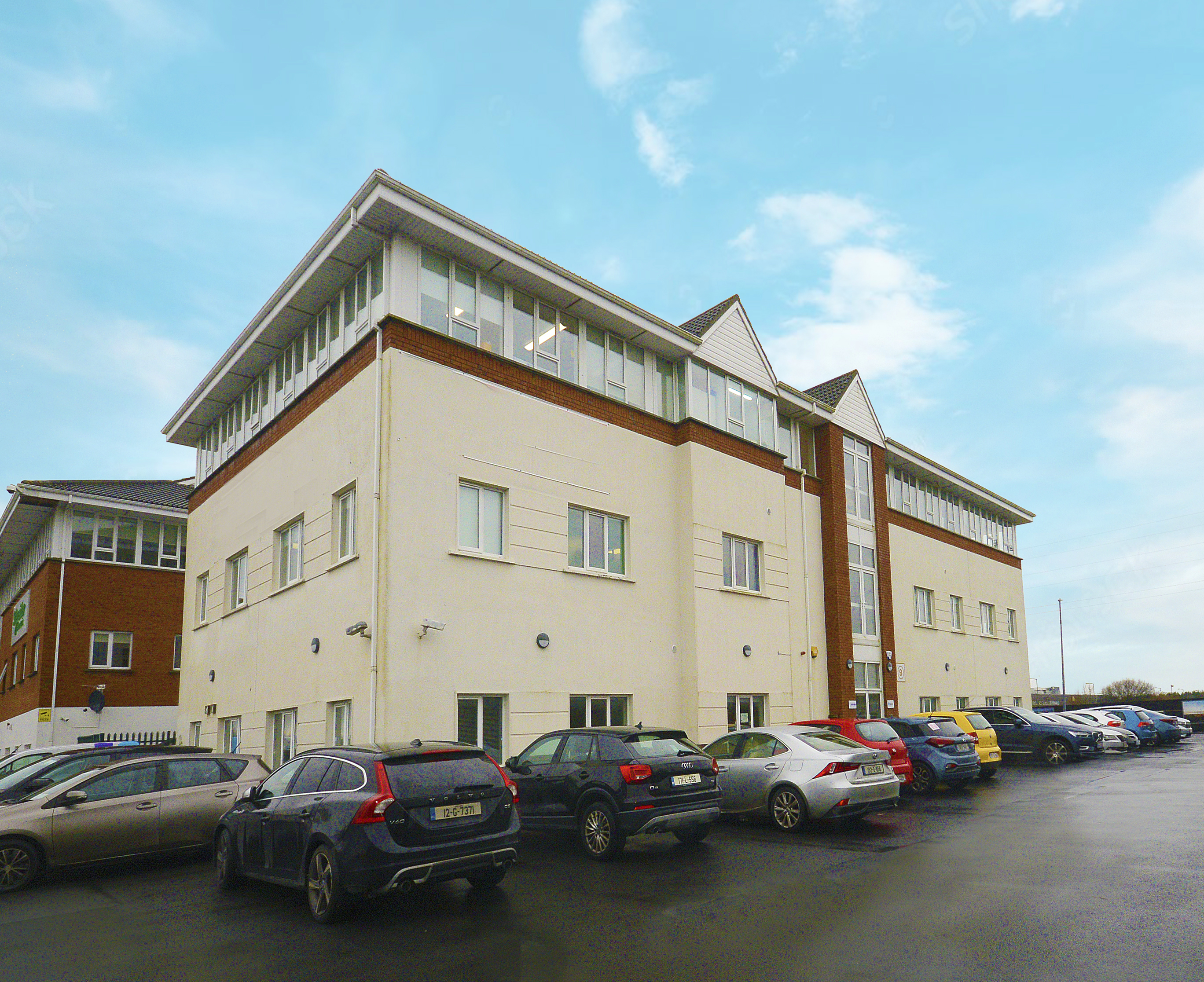Sustainability upgrades are driving a vacancy gap in offices
Organizations are opting for higher quality buildings as they commit to carbon net zero
Newer buildings have almost always come at a premium to older stock. But the gap is widening at an accelerating rate due to companies hunting for sustainably designed buildings and high quality amenities.
While the global office vacancy rate increased 20 basis points to 14.5% in the third quarter of 2022, high-quality space is showing the greatest resilience, according to JLL.
For example, in the U.S., occupancy of new offices has remained steady for over a year (peaking at 16.6% vacancy in Q4 2021) even with new stock being built. Meanwhile, older buildings have been thinning out, with a pre-pandemic vacancy of 13.5% rising to 19% in Q3 2022.
Companies’ preferences are in large part down to their carbon net-zero goals and efforts to meet the demands of a new generation of workers.
“More companies are releasing carbon neutral or carbon reduction statements, and one of the ways they are meeting their objectives is by moving into office buildings that have high sustainability credentials,” says Paul Chapko, research director at JLL.
The shift to quality offices is also occurring in Hong Kong, with positive net absorption of 282,000 sqm for offices built in 2010 and later, compared to negative net absorption of 47,000 sqm for offices built between 2000 and 2010.
In Australia, prime grade office space – higher quality space with strong sustainability credentials and better amenity for tenants – has showed greater leasing interest than secondary grade office stock. This is evident with net absorption across the country’s central business districts of 245,600 sqm over the year to September 2022.
For secondary stock, which is typically comprised of older buildings with smaller floorplates or those that have had little capital expenditure spent on them over the years, absorption was negative 119,800 sqm over the same period.
Looking for more insights? Never miss an update.
The latest news, insights and opportunities from global commercial real estate markets straight to your inbox.
Tenants reassess
There is a significant disparity between the number of buildings with a defined decarbonisation pathway and the number of tenants committing to net zero.
Of 405 occupiers surveyed for JLL’s Decarbonising the Built Environment report, 39% had adopted a Science-Based Target, which is the gold standard for corporates making a net zero commitment. An additional 30% expected to adopt a Science-Based Target by 2025, bringing the total figure to 69% by 2025.
“This year, most of our clients have upgraded from leases in buildings with lower sustainability credentials, to buildings with the best credentials, better entry experiences, end-of-trip and wellbeing facilities third space and placemaking activations,” says Sherrie Jones, workplace strategy lead at JLL.
“They’ve also made significant investments in achieving the highest possible Green Star certification rating for their new office fit-outs.”
In the northern hemisphere, the rate of retrofitting existing buildings to meet minimum decarbonisation targets needs to triple from barely 1% today to at least 3%. An estimated US$3 trillion is required in the office sector to meet these targets, according to JLL.
But cost is one of the biggest stumbling blocks to action, particularly for buildings where the investment required to bring buildings into compliance outweighs their value. These are known as stranded assets.
In some places, those assets aren’t selling anymore, Guy Grainger, JLL’s global head of sustainability and ESG, said during a panel on climate finance.
“Six months ago, you could sell off stranded assets and someone would buy them. We’re seeing real evidence that that’s not happening now, particularly in Europe. Those assets are becoming illiquid.”
Investment Opportunities
Sustainability as a value driver
Given the return on sustainability investments is often undervalued, building owners need to move beyond operating costs to assess the impact on a building’s overall value, says Greg Bolino, head of global sustainability strategy and assets, JLL.
“Take a building that today is worth $100 million and requires a $15 million upgrade. That may never pencil out on an operating-cost break-even basis.
“But as tenant demand for low-carbon buildings accelerates, there’s a risk that the building’s value falls because it’s unable to meet the tenants’ low-carbon targets, which in turn affects the number of potential future buyers. On the other hand, low-carbon space can earn a substantial premium from retrofit investments.”
These risk-versus-value spreads are emerging in multiple markets.
“In London, we estimate there will be a significant shortage of spaces with low-carbon footprints by 2025 because of the number of companies with net zero commitments, compared with the retrofit pipeline. The supply simply can’t meet the demand.
“Retrofitting will contribute to delivering on that growing demand and driving value from changes to valuation fundamentals including rents, voids and operating costs,” Bolino says.
Contact Sherrie Jones
Workplace strategy lead, JLLWhat’s your investment ambition?
Uncover opportunities and capital sources all over the world and discover how we can help you achieve your investment goals.



